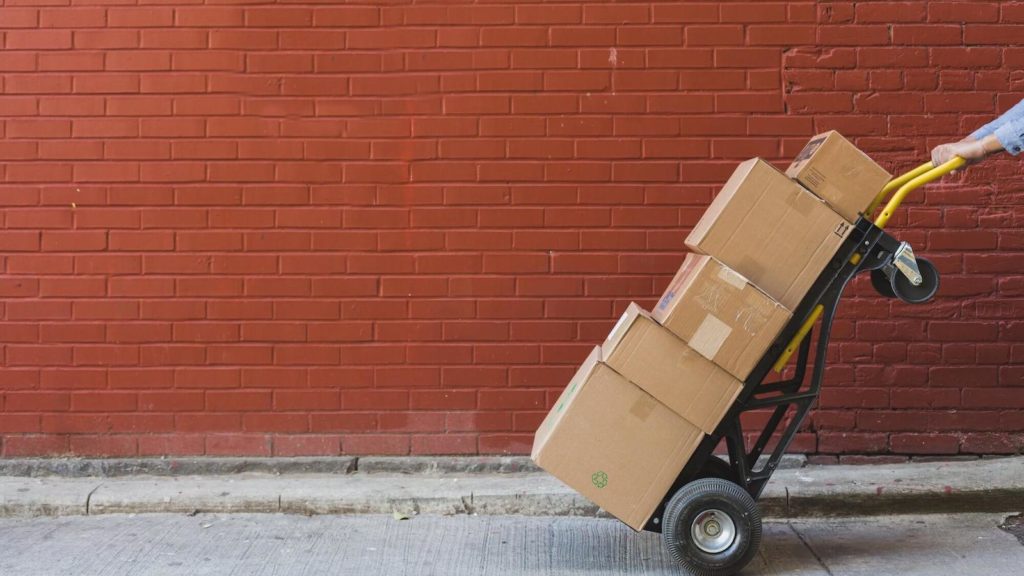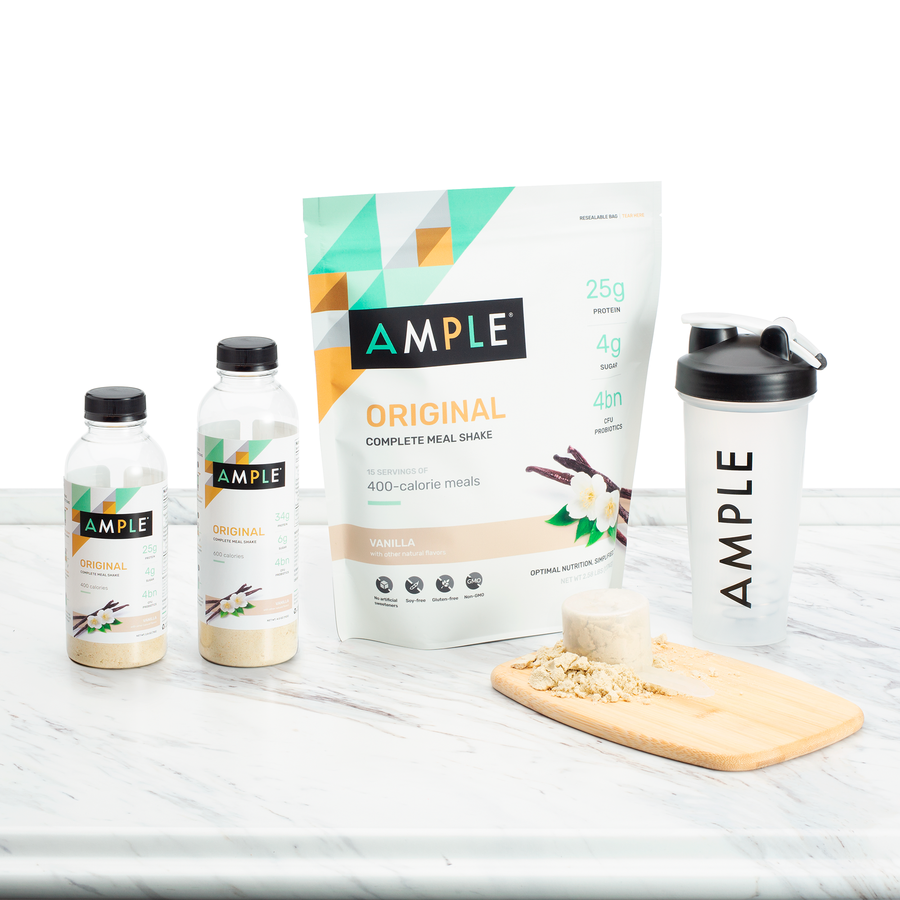Table of Contents
** Minutes
How shipping couriers define oversized packages
4 options if your package is oversized
What do you want to learn?
The larger your package, the larger your headache.
Companies dealing with shipping heavy items and large products to customers far away can face significant costs. Beyond your warehouse, you’ll face challenges from couriers for getting products out the door affordably and quickly.
There’s no uniform definition of an oversized package, so understanding your costs and how to save starts with learning what each courier needs. This guide will give you that understanding plus a few suggestions on how to avoid or reduce your oversized fees.
How shipping carriers define oversized packages
Every courier has their own set of rules that govern if your parcel is oversized and how you’ll pay for that. Size and weight both typically influence cost, but there is a lot of variation. Let’s take a closer look.
| Courier | Oversized Length and Girth | Oversized Weight |
| USPS | Over 108” but not more than 130” combined | NA |
| UPS | Over 165” combined | Over 150lbs |
| FedEx | Over 130” combined | Over 90lbs |
| DHL | Over 120 x 80 x 80 cm (47” x 31” x 31”) | Over 70kgs (Around 155 lbs.) |
USPS
The Postal Service offers a specific parcel pricing and promise for your larger packages, but it has limitations. You’ll pay a specific, standard Parcel Select oversized price when you have a box whose length is more than 108 inches, but the combined length and girth is less than 130 inches.
If you’re shipping something that’s larger than this, you’ll need to work out a specific rate with USPS, and some USPS retail locations may not be able to help you ship a box that size.
You’ll pay more than the standard oversized rate and could see very high costs if the box is heavy. There also may be limitations, such as having to ship via USPS Retail Ground, which doesn’t provide a guaranteed delivery time.
UPS
For UPS, you’ll want to consider both the “Over Maximum Limits” and the “Large Package” designations to understand what you can ship and how. Perhaps the most important thing to note right away is that you can ship Large
Package parcels through the UPS small package delivery network. However, if your box is big enough to be in the Over Maximum Limits segment, it must be shipped via UPS’ freight services.
Large packages are those where the longest side exceeds 96 inches by itself or exceeds a combined 130 inches when calculating length plus girth (2 x width) + (2 x height). You’ll face an additional charge and a minimum billable weight of 90 pounds.
If the package meets any of the following characteristics, then it enters into the oversized limits for UPS:
- Weight is above 150 lbs
- Packages is more than 165 inches in length and girth combined
- The length alone is more than 108”
These large packages will be subject to Over Maximum Limits charges and will be subject to dimensional weight calculations. You can calculate these and other costs on UPS’s freight site.
FedEx
For FedEx, you’re looking at an oversized package when its length is over 96” or 130” in length and girth combined. While FedEx will apply its dimensional weight calculation to your package, it does note that you’ll face a minimum 90 lbs billable weight.
According to the company, you should still have access to its US and international ground services as well as U.S. Express Package, though you’ll get stuck with a $90 oversize charge per package.
During peak annual shipping times, you’ll also face an additional oversized peak surcharge of $37.50 per package. Upcoming peak dates run from 21 October 2019 to 5 January 2020.
DHL
DHL has an oversize package cost of $89 per parcel. You’ll face this fee if you’ve got any piece (including a pallet) that weighs more than 70 kg (154.3 lbs.) or has a single dimension in excess of 120 cm (47.24 inches).
More of its guidelines are here, but the company suggests that you contact them directly before shipping an oversized package to see what services are available in your area and timeframe.
4 options if your package is oversized
So, you’ve got your box all packed up and ready to go, but then you realise the weight of it will cost you. What’s a business to do? Here are a few options.
Pay the fee
Pay the fee in order to get their package on time or meet another need. This typically isn’t a great option for getting products to customers because fees can be high, but in a crunch it’s worth it. Check with your courier to see the exact fee, such as FedEx’s $90 per package cost.
Ship freight instead
Often, couriers will charge you a freight price instead of a regular shipping price. Freight shipments can help you avoid most of these big costs, and you’re not always paying much more compared to shipping a regular package. Sometimes, you even save a bit.
The one big downside here is that you typically don’t have as many options for time-specific shipments and delivery generally takes longer.
Divvy up your packages
Can you split shipments or break down package into multiple smaller options? If that’s the case, you could save significantly by reducing and shipping items or parts separately. Yes, you’ll be paying separate fees. However, you could save by avoiding oversized surcharges as well as those high per-package costs.
Check with your courier before breaking things down. Dividing your shipment into multiple packages will likely be more expensive than freight, so saving isn’t guaranteed.
Ship with a 3PL
3PLs take it as their responsibility to find solutions to ship all of your packages, including oversized elements. It’s their business to get your goods to customers on-time. Plus, they know the many different things to consider about your package, including how to manage heavy items.
How 3PLs can help with oversized shipments
Third-party logistics service providers (3PLs) are a top choice for many growing businesses, especially if you’re dealing with complex shipments. Companies like Red Stag Fulfilment specialize with large, heavy objects and our work demonstrates a few ways that a 3PL can cut your costs and improve oversized shipments.
Partnerships with freight shippers
3PLs can find the best freight shipper to send your package with because they work with shipping couriers every day. Using automated shipping calculators, a 3PL can always choose the most affordable option for getting your package to a customer by a specific date.
A 3PL partner is also more likely to know and understand the rules that a courier uses for oversized packages. Some couriers are more friendly than others when it comes to weight, size, and fragility.
Courier discounts
Couriers are also friendly with companies who give them a lot of business, like 3PLs. Thanks to high volumes of shipments each week, a large 3PL can give you access to many courier shipping discounts. When your 3PL specializes in oversized shipping, you may end up with a few additional discounts or reduced fees due to their relationship.
Multiple distribution centres
You can also save money by working with a 3PL who uses multiple distribution centres and warehouses. By having your products in multiple locations across the US or other regions, the 3PL can ship from wherever is closest to the customer.
By prioritising location and shorter routes, you’re saving on overall costs on packages large and small.
Shipping your big boxes
Large or heavy products and packages come with a series of challenges. They’re harder to store and pack, difficult to ship, and expensive all-around. However, you can find multiple ways to keep costs low and safeguard your margins by working with the right 3PL and courier partners.
There’s no reason to let shipping costs eat your profits.
“ShipBob supplies a range of standard box sizes, but because some of our products have such unusual dimensions, some of our shipments were being sent out with lots of empty space, leading to higher shipping costs. ShipBob provided us with an in-depth analysis based on our order history and helped us understand which custom box sizes we should stock ourselves at ShipBob warehouses to help reduce our costs.”
Looking to partner with a 3PL
Click below to download our guide: How to Choose a 3PL for Your Ecommerce Business.



